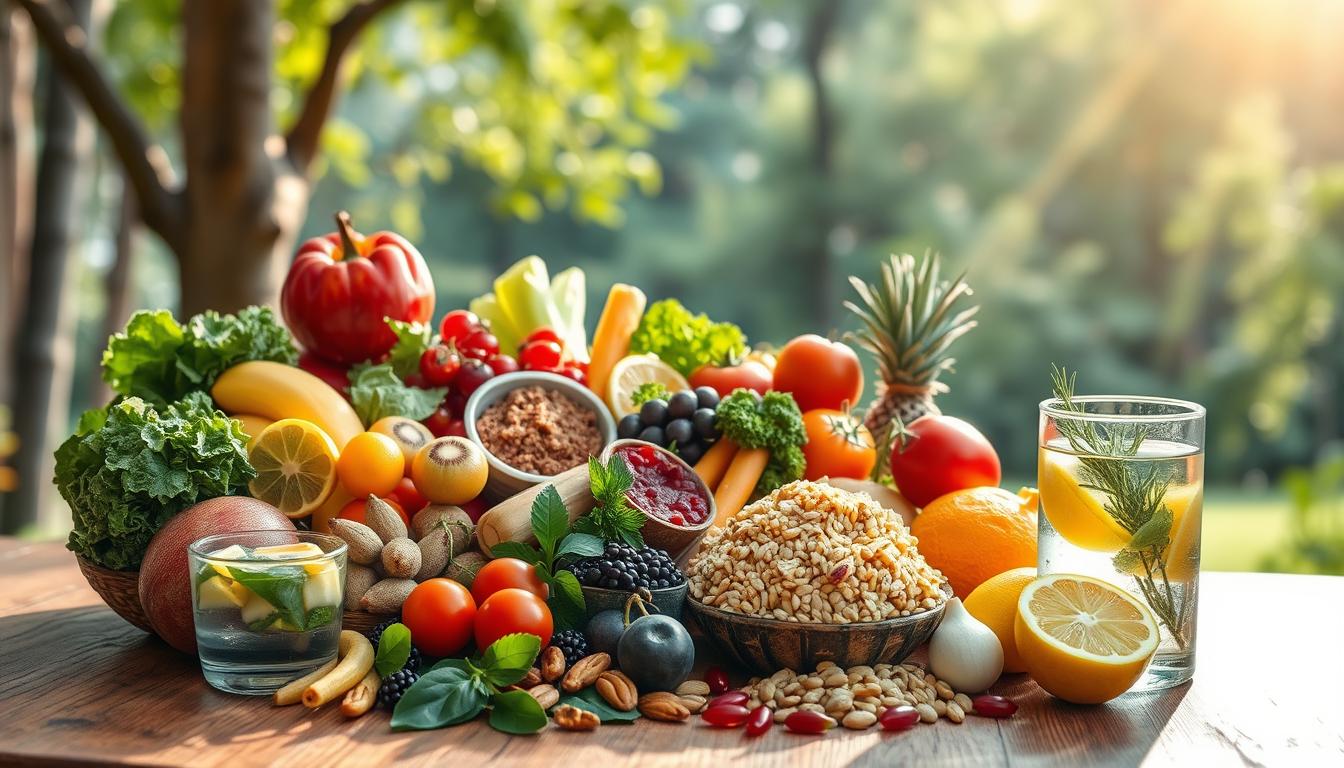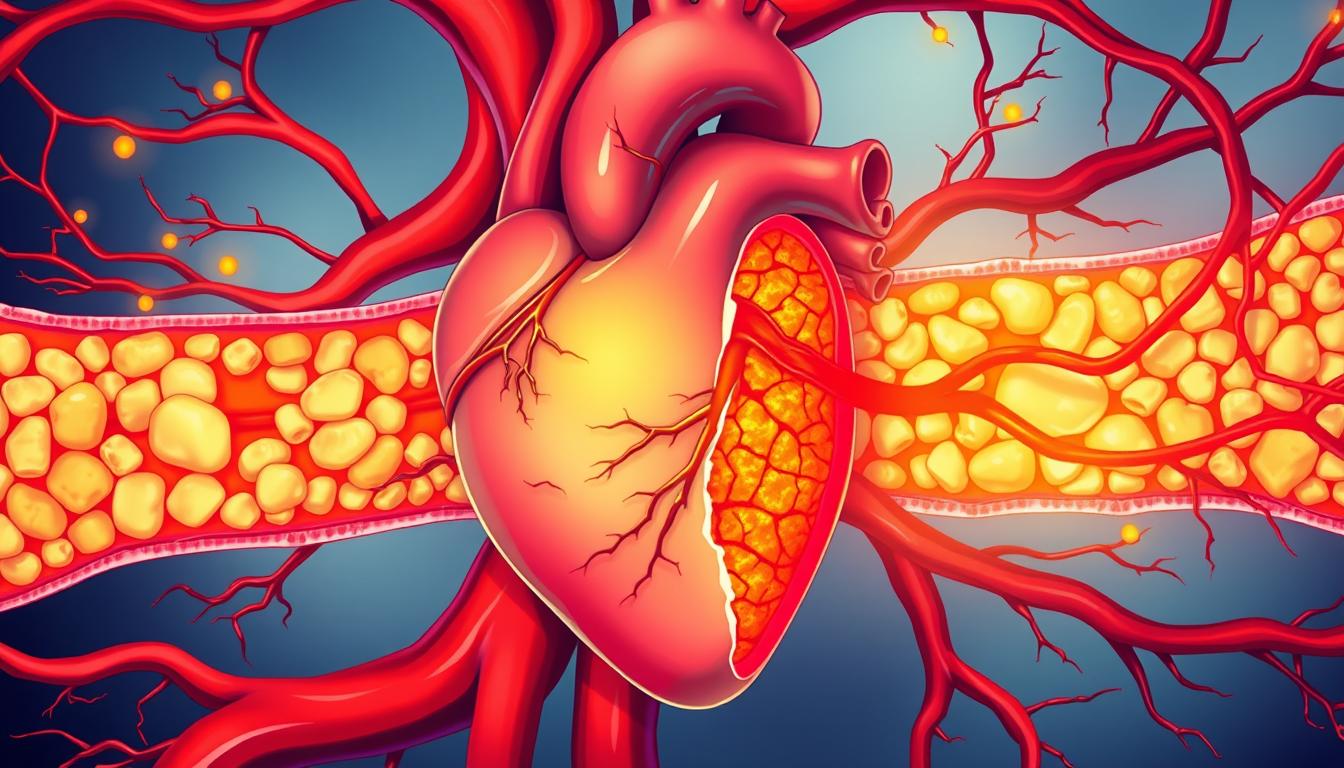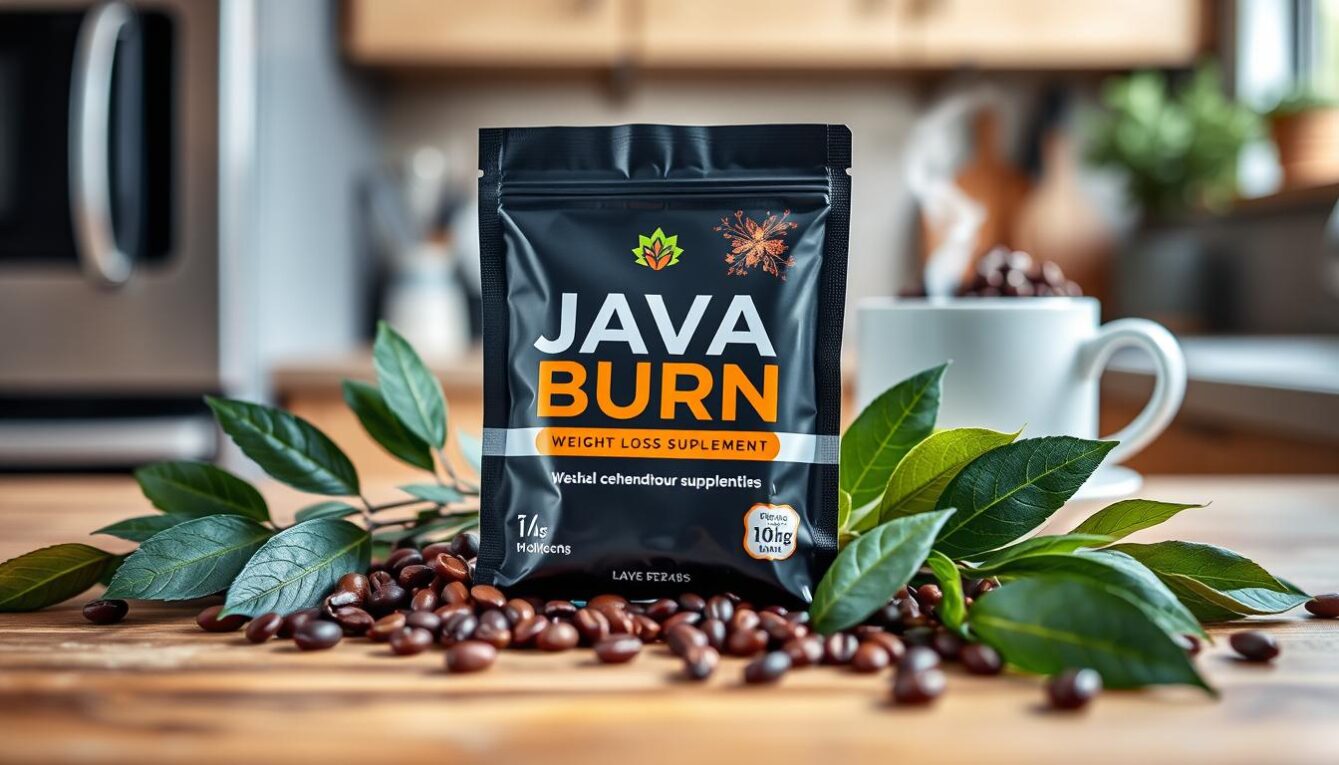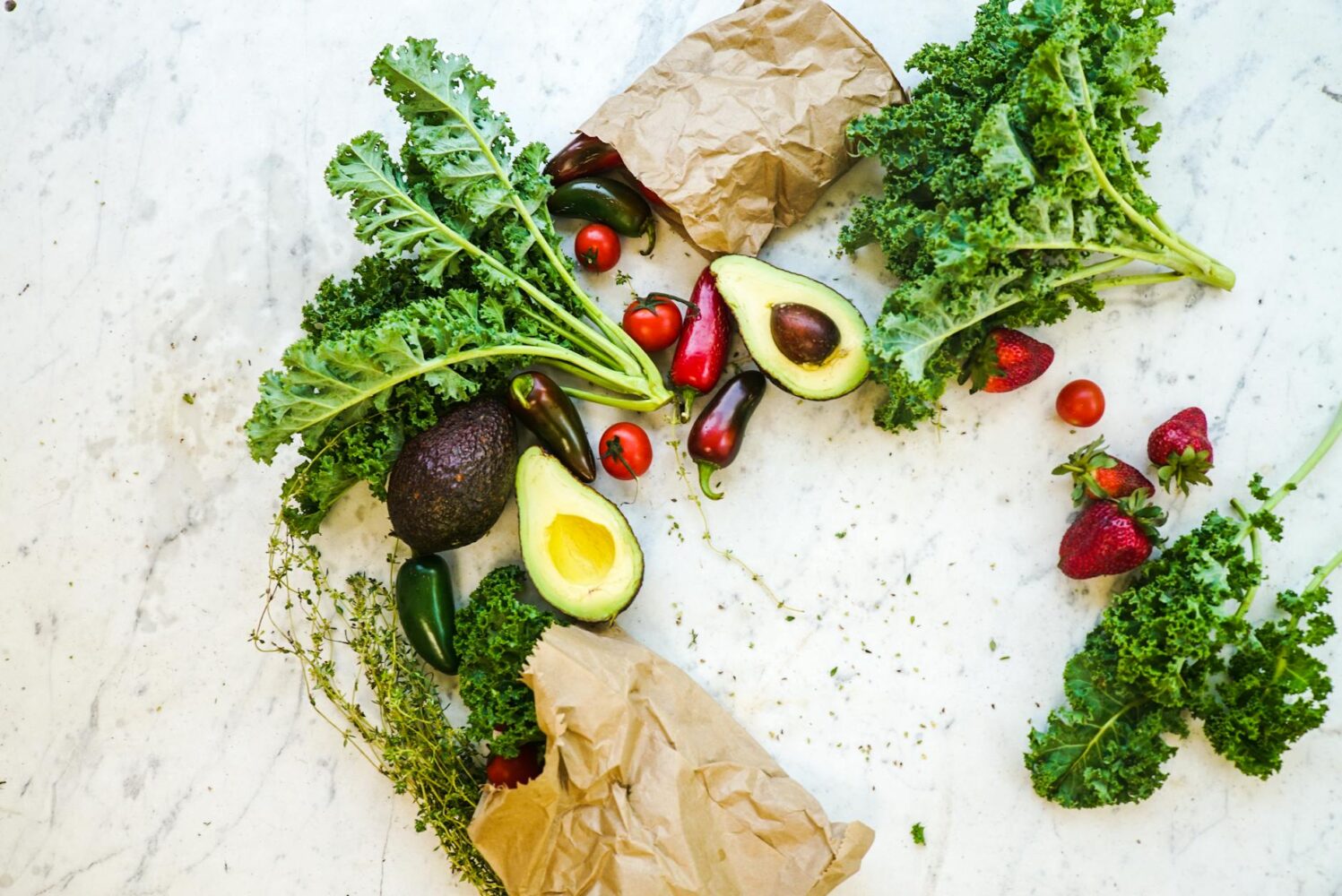Did you know that not all body fat is created equal? While subcutaneous fat lies just beneath the skin, visceral fat wraps around your organs, posing serious health risks. Studies from the NIH link it to conditions like type 2 diabetes and heart disease.
Reducing visceral fat isn’t just about aesthetics—it’s about improving your overall health. A holistic approach combining diet, exercise, and lifestyle adjustments can make a measurable difference in just one month. This article dives into science-backed strategies to tackle this issue effectively.
BMI is often used to assess health, but it doesn’t account for body composition. Focusing on reducing visceral fat offers metabolic benefits that go beyond the scale. Ready to take control of your health? Let’s explore actionable tips to get started.
Key Takeaways
- Visceral fat is linked to serious health risks like heart disease and diabetes.
- A holistic approach combining diet, exercise, and lifestyle is essential.
- BMI has limitations in assessing body composition.
- Reducing visceral fat offers metabolic and health benefits.
- Science-backed strategies can yield measurable results in one month.
1. Eat Plenty of Soluble Fiber
Research shows that soluble fiber is a game-changer for metabolic health. It forms a gel-like substance in your gut, slowing digestion and helping you feel full longer. This mechanism not only aids in managing calories but also supports weight loss efforts.
A study involving 1,100 adults found that consuming 10g of soluble fiber daily led to a 3.7% reduction in belly fat over five years. Foods like oats and legumes were particularly effective in reducing waist circumference.
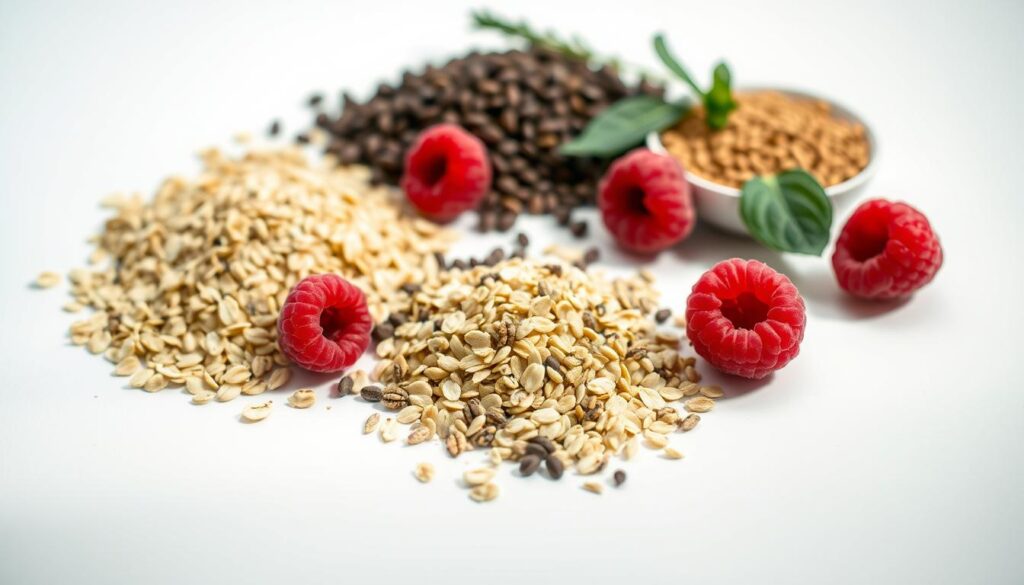
How Soluble Fiber Helps
Soluble fiber works by binding with water in your digestive system, creating a gel that slows nutrient absorption. This process helps regulate blood sugar levels and reduces cravings, making it easier to manage your diet.
Unlike insoluble fiber, which adds bulk to stool, soluble fiber focuses on improving metabolic health. Both types are essential, but soluble fiber is particularly effective for targeting visceral fat.
Best Sources of Soluble Fiber
Incorporating soluble fiber into your meals is simple. Some of the best foods include oats, barley, lentils, apples, and Brussels sprouts. These options are not only nutritious but also versatile in recipes.
To avoid bloating, increase your fiber intake gradually. A practical tip is to add chia seeds to your morning smoothie. The FDA recommends consuming 25g of fiber daily for optimal health.
2. Avoid Foods with Trans Fats
Trans fats are a hidden danger lurking in many everyday foods. These fats are created through a process called hydrogenation, which turns liquid oils into solid fats. While they extend the shelf life of processed foods, they also increase the risk of serious health issues like heart disease and type diabetes.

The Dangers of Trans Fats
Trans fats are particularly harmful because they raise bad cholesterol (LDL) and lower good cholesterol (HDL). A six-year study found that monkeys fed trans fats had 33% more abdominal fat. This fat is linked to inflammation and insulin resistance, both of which can disrupt your diet and overall health.
How to Identify Trans Fats
Reading nutrition labels is crucial. Look for “partially hydrogenated oils,” a red flag for trans fats. Common culprits include baked goods, fried foods, microwave popcorn, and frosting. Even with the FDA’s 2015 ban, some products still contain these harmful fats.
- Swap margarine for healthier options like olive oil.
- Avoid packaged snacks and fast food.
- Cook at home using whole, unprocessed ingredients.
By making these small changes, you can significantly reduce your intake of trans fats and improve your health.
3. Moderate Your Alcohol Intake
Alcohol can sneak extra calories into your daily intake without you realizing it. Unlike solid food, liquid calories don’t make you feel full, leading to overconsumption. A study of 2,000 people found that daily drinkers averaging less than one drink per day had smaller waists compared to heavier drinkers.

How Alcohol Contributes to Belly Fat
Alcohol contains 7 calories per gram, almost as many as fat. When consumed, your body prioritizes metabolizing alcohol over other nutrients, storing excess energy as fat. Additionally, alcohol increases cortisol levels, a stress hormone linked to fat storage, especially around the belly.
Your liver also plays a role. It processes alcohol, but excessive drinking can lead to fatty liver disease, further impairing your body’s ability to metabolize fat efficiently.
Tips for Cutting Back
Reducing alcohol intake doesn’t mean giving up social events. Here are some practical tips:
- Try a “dry January” challenge to reset your habits.
- Experiment with mocktail recipes using fresh herbs and sparkling water.
- Be mindful of mixers like tonic, which add empty calories.
- Designate alcohol-free days each week to give your body a break.
“Moderation is key. The CDC recommends up to one drink per day for women and two for men.”
| Gender | Daily Limit |
|---|---|
| Women | 1 drink |
| Men | 2 drinks |
By moderating your alcohol intake, you can improve your health and reduce stubborn belly fat. Small changes today can lead to significant results over time.
4. Eat a High-Protein Diet
Protein plays a crucial role in managing body weight and improving overall health. Studies show that consuming 30g of protein per meal can boost your metabolism by 15%. This makes it a powerful tool for those looking to lose weight and reduce fat storage.
Benefits of Protein for Weight Loss
Protein has a high thermic effect, meaning your body burns more calories digesting it compared to fats or carbs. This process helps help lose excess fat while preserving muscle mass. Additionally, protein increases the production of peptide YY, a hormone that promotes feelings of fullness.
Research also highlights that fatty fish, like salmon, can reduce liver fat by 22%. This makes protein-rich foods a smart choice for improving metabolic health and targeting stubborn fat areas.
Top Protein Sources
Incorporating protein into your diet is easy with these options:
- Animal-based: Eggs, Greek yogurt, and salmon are complete proteins packed with essential amino acids.
- Plant-based: Tempeh and edamame are excellent choices for vegetarians and vegans.
- Supplements: Whey protein is ideal for post-workout recovery.
For best results, try a protein pacing strategy—spreading your intake evenly throughout the day. Aim for at least 70g of protein daily to support your weight loss goals and overall health.
5. Reduce Your Stress Levels
Stress is more than just a mental burden—it can directly impact your physical health. When stress becomes chronic, it triggers the release of cortisol, a hormone that promotes fat storage, particularly around the belly. This process is linked to the activation of the HPA axis, your body’s stress response system.
The Link Between Stress and Belly Fat
High stress levels can lead to increased cortisol production. Research from Psychosomatic Medicine found that women with larger waist measurements produced 23% more cortisol. This hormone not only encourages fat storage but also disrupts metabolism, making it harder to maintain a healthy body weight.
Chronic stress also affects eating habits. Many people turn to comfort foods high in sugar and fat, which further exacerbates the problem. Breaking this cycle is essential for improving both mental and physical health.
Stress-Reduction Techniques
Managing stress effectively can help reduce cortisol levels and support your overall well-being. Here are some proven techniques:
- 4-7-8 Breathing: Inhale for 4 seconds, hold for 7, and exhale for 8. This simple technique calms the nervous system.
- Progressive Muscle Relaxation: Tense and release each muscle group to relieve physical tension.
- Adaptogens: Herbs like ashwagandha and rhodiola help your body adapt to stress.
- Digital Detox: Limit screen time to reduce mental clutter.
- Mindfulness Meditation: Apps like Calm or Headspace offer guided 10-minute sessions.
Incorporating these practices into your daily routine can make a significant difference. Yoga, for example, has been shown to reduce abdominal fat by 16% in some studies. Start small and build habits that support a calmer, healthier lifestyle.
6. Cut Back on Sugary Foods
Excess sugar intake is a major contributor to visceral fat accumulation. Unlike other nutrients, sugar, especially fructose, is processed by the liver and stored as fat. This process, known as hepatic lipogenesis, directly impacts belly fat storage.
Many everyday foods contain hidden sugars, making it easy to exceed daily limits. For example, 8oz of orange juice has 24g of sugar, while three whole oranges contain only 12g. Being mindful of these differences can help you make healthier choices.
Why Sugar Leads to Belly Fat
When you consume sugar, your liver converts fructose into fat through hepatic lipogenesis. This fat is often stored around your organs, increasing visceral fat. Over time, this can lead to insulin resistance and type diabetes.
High sugar intake also spikes blood sugar levels, causing energy crashes and cravings. This cycle makes it harder to stick to a healthy diet and maintain a balanced weight.
Healthy Alternatives to Sugar
Replacing sugar with healthier options can make a big difference. Here are some alternatives to consider:
- Monk fruit and erythritol: These natural sweeteners have zero calories and don’t spike blood sugar.
- Cinnamon: Add it to your coffee or oatmeal for a sweet, flavorful boost.
- Stevia: A plant-based sweetener that’s 200 times sweeter than sugar.
Understanding the glycemic index of foods can also help. Foods with a low glycemic index release sugar slowly, preventing spikes in blood sugar levels.
| Food | Glycemic Index |
|---|---|
| White Bread | 75 |
| Quinoa | 53 |
| Apples | 36 |
To reset your habits, try a 10-day sugar detox. Focus on whole, unprocessed foods and avoid added sugars. The USDA recommends limiting added sugar to 25g per day for optimal health.
7. Incorporate Aerobic Exercise
Aerobic exercise is a proven way to target stubborn body fat. Studies show that 300 minutes of weekly cardio can reduce abdominal fat by 18%. This type of workout not only burns calories but also improves overall health.
How Cardio Burns Body Fat
Cardio increases your heart rate, helping your body burn calories more efficiently. High-Intensity Interval Training (HIIT) boosts post-exercise oxygen consumption, known as the afterburn effect. This means you continue burning calories even after your workout ends.
Targeting your heart rate zone is key. Staying within 70-85% of your maximum heart rate ensures optimal fat burning. For example, incline treadmill walking is an excellent way to achieve this.
Best Cardio Exercises
There are many ways to incorporate aerobic exercise into your routine. Here are some effective options:
- Dance cardio: Fun and engaging, it’s perfect for those who enjoy music and movement.
- Jumping jacks: Equipment-free and great for quick bursts of activity.
- Micro-workouts: Short 10-minute sessions can fit into even the busiest schedules.
The CDC recommends at least 150 minutes of moderate-intensity cardio each week. This can be broken into smaller sessions for convenience.
| Exercise | Calories Burned (30 mins) |
|---|---|
| Running | 300 |
| Cycling | 240 |
| Swimming | 280 |
By incorporating aerobic exercise into your weekly routine, you can enjoy significant health benefits while reducing body fat. Start small and gradually increase intensity for long-term success.
8. Limit Refined Carbohydrates
Refined carbohydrates are a common yet overlooked culprit in weight gain. Unlike whole grains, refined carbs are stripped of their fiber and nutrients, leading to rapid spikes in blood sugar. This process triggers an insulin response, which can promote fat storage, particularly around the abdomen.
The Problem with Refined Carbs
Refined carbs, like white bread and pastries, are quickly digested, causing a sharp rise in blood sugar. This spike is followed by a crash, leaving you hungry and craving more foods. Over time, this cycle can lead to insulin resistance and increase the risk of type diabetes.
Studies show that whole grain consumers have 17% less abdominal fat compared to those who eat refined carbs. The Framingham Study highlights the importance of choosing nutrient-dense options for better health.
Healthy Carb Alternatives
Swapping refined carbs for healthier options can transform your diet. Here are some practical suggestions:
- Sprouted grain bread: Rich in fiber and nutrients, it’s a great alternative to white bread.
- Cauliflower rice: A low-carb substitute that’s versatile and easy to prepare.
- Overnight oats: A fiber-rich breakfast option that keeps you full longer.
Whole grains retain their fiber, which slows digestion and helps regulate blood sugar. For example, cooled potatoes contain resistant starch, which acts like fiber in the body.
| Food | Fiber Content (per serving) |
|---|---|
| Quinoa | 5g |
| Brown Rice | 3.5g |
| Whole Wheat Bread | 2g |
“Choosing whole grains over refined carbs can significantly improve your metabolic health and reduce fat storage.”
By making these simple swaps, you can enjoy a healthier diet while reducing your intake of processed foods. Small changes today can lead to lasting benefits for your overall well-being.
9. Start Strength Training
Building muscle isn’t just about looking strong—it’s a powerful way to improve your health. Studies show that combining strength training with cardio can reduce visceral fat by 38%. This type of exercise also boosts metabolism, helping you burn more calories even at rest.
How Strength Training Helps
Strength training increases lean muscle mass, which raises your resting metabolic rate. This means your body burns more calories throughout the day. Exercises like deadlifts can also boost growth hormone levels by 200%, further supporting fat loss.
Additionally, lifting weights improves insulin sensitivity, making it easier to manage your body weight. This is especially important for targeting stubborn fat areas like the abdomen.
Beginner Strength Training Exercises
If you’re new to strength training, start with simple moves that use your body weight or light weights. Here are some beginner-friendly exercises:
- Goblet Squats: Hold a dumbbell close to your chest while performing squats.
- Push-Ups: A classic move that strengthens your chest, shoulders, and core.
- TRX Suspension Training: Uses straps to leverage your body weight for resistance.
For best results, follow a 3×10 rep scheme—three sets of 10 repetitions per exercise. Gradually increase weights by 2lb each week to build strength safely.
Focus on compound exercises like squats and deadlifts, which work multiple muscle groups at once. These are more effective for fat loss than isolation exercises like bicep curls. Always prioritize proper form to avoid injury. The American Council on Exercise (ACE) offers a helpful checklist for maintaining good posture during workouts.
10. Avoid Sugar-Sweetened Beverages
Your favorite drinks might be adding inches to your waistline. Sugar-sweetened beverages are packed with hidden calories that can sabotage your diet. Unlike solid food, liquid calories don’t make you feel full, leading to overconsumption.
The Hidden Calories in Drinks
Studies show that weekly soda drinkers gain an average of 0.5 inches in waist size each year. Energy drinks and sweet tea are equally harmful, often containing more sugar than a candy bar. These beverages spike blood sugar levels, promoting fat storage around the belly.
Caffeine, found in many sugary drinks, has diuretic effects. While it may temporarily suppress appetite, it can also lead to dehydration. This makes it harder for your body to metabolize fat efficiently.
Healthier Drink Options
Switching to healthier alternatives can make a big difference. Sparkling water with a splash of citrus cuts cravings without adding calories. Herbal iced teas, like chamomile or peppermint, are refreshing and naturally sugar-free.
Infused water combinations, such as cucumber-mint or strawberry-basil, add flavor without the guilt. Tracking your hydration with apps can help you stay on top of your water intake. Consider a 7-day water challenge to reset your habits and improve your health.
11. Prioritize Quality Sleep
Quality sleep is a cornerstone of overall health and weight management. Studies show that getting less than five hours of sleep increases the risk of obesity by 32%. Sleep deprivation disrupts hormones like leptin and ghrelin, which regulate hunger and fullness, leading to overeating and weight gain.
How Sleep Affects Weight Loss
During REM sleep, your body undergoes fat oxidation, a process that burns stored fat for energy. Poor sleep can reduce this fat-burning effect, making it harder to shed stubborn fat. Additionally, sleep deprivation increases cortisol levels, a stress hormone linked to fat storage, especially around the abdomen.
Cool room temperatures can also boost brown fat, a type of fat that burns calories to generate heat. This simple adjustment can enhance your sleep quality and support your weight loss goals.
Tips for Better Sleep
Improving your sleep habits doesn’t have to be complicated. Here are some practical strategies:
- Blue Light Blocking Glasses: Wear these in the evening to reduce exposure to screens, which can disrupt melatonin production.
- Magnesium Glycinate Supplements: This natural mineral promotes relaxation and improves sleep quality.
- Sleep Hygiene Checklist: Stick to a consistent bedtime, avoid caffeine after noon, and create a calming bedtime routine.
- Bedtime Yoga Sequence: Gentle stretches can relax your muscles and prepare your mind for rest.
- Military Sleep Technique: This method involves relaxing each muscle group and focusing on your breath to fall asleep quickly.
By prioritizing quality sleep, you can enjoy numerous health benefits, including better weight management and improved overall well-being. Small changes to your nightly routine can lead to significant results over time.
12. Track Your Food and Exercise
Tracking your daily habits can unlock powerful insights into your health journey. Studies show that people who keep a food journal lose twice as much weight compared to those who don’t. This simple practice helps you stay accountable and make informed choices about your calories and activity levels.
Why Tracking Works
Monitoring your habits increases awareness of what you eat and how much you move. It also highlights patterns, like emotional eating or skipped workouts, that can hinder progress. By documenting your meals and exercise, you gain control over your weight loss journey.
Photo journaling is another effective method. Taking pictures of your meals can help you lose weight by making portion sizes and food choices more visible. Weekly progress photos also motivate by showing tangible results over time.
Best Tools for Tracking
There are many apps and tools to simplify tracking. Here are some top options:
- MyFitnessPal: Tracks calories, macros, and exercise with a large food database.
- Cronometer: Focuses on nutrient tracking for a more detailed approach.
- LoseIt!: Offers personalized plans and habit-stacking techniques.
Smart scales can also integrate with these apps, providing a comprehensive view of your progress. Combining these tools with NEAT (non-exercise activity tracking) ensures you stay active throughout the day.
| App | Features | Best For |
|---|---|---|
| MyFitnessPal | Calorie tracking, food database | General weight loss |
| Cronometer | Nutrient tracking, detailed reports | Health-focused users |
| LoseIt! | Personalized plans, habit stacking | Long-term habit building |
By incorporating these tools into your routine, you can stay motivated and achieve your health goals more effectively. Start small, stay consistent, and watch your progress unfold.
13. Eat Fatty Fish Weekly
Incorporating fatty fish into your weekly meals can transform your health. These foods are rich in omega-3 fatty acids, which have been shown to reduce liver fat by 22% when consumed three times a week. Adding them to your diet not only supports weight management but also offers anti-inflammatory benefits.
Omega-3s and Belly Fat
Omega-3s play a crucial role in reducing visceral fat. These healthy fats decrease inflammation and improve insulin sensitivity, making it easier for your body to metabolize fat. Research from the Nutrition Journal highlights that regular consumption of fatty fish can significantly impact fat storage.
For vegans, algal oil supplements provide a plant-based source of omega-3s. While ALA (found in flaxseeds) converts to EPA and DHA in the body, the conversion rate is low. Direct sources like fish or algal oil are more effective.
Best Fatty Fish to Eat
Not all fish are created equal. Here are some top choices rich in omega-3s:
- Salmon: Wild-caught salmon is a great option, packed with nutrients.
- Mackerel: High in omega-3s but choose smaller varieties to avoid mercury.
- Sardines: Affordable, sustainable, and rich in healthy fats.
When selecting fish, follow mercury-safe guidelines. Opt for smaller species and limit high-mercury choices like swordfish. Canned salmon is a convenient and budget-friendly alternative.
To preserve the beneficial oils, cook fish using methods like baking, steaming, or grilling. Avoid deep-frying, as it can degrade the omega-3 content. For those who prefer supplements, fish oil dosages typically range from 250-500mg of combined EPA and DHA daily.
14. Limit Fruit Juice Consumption
Fruit juice might seem healthy, but it can pack a surprising amount of sugar. An 8oz glass of apple juice contains 24g of sugar, while a whole apple has only 12g and four times more fiber. This lack of fiber in juice means your body absorbs the fructose quickly, leading to spikes in blood sugar levels.
Why Fruit Juice Can Be Problematic
Fruit juice is essentially processed foods with the fiber removed. Without fiber, the fructose in juice is absorbed rapidly, causing insulin spikes and promoting fat storage. Over time, this can lead to weight gain and metabolic issues.
Whole fruits, on the other hand, provide fiber that slows sugar absorption. This helps regulate blood sugar and keeps you feeling full longer. Choosing whole fruits over juice is a simple way to reduce your calories and improve your diet.
Healthier Beverage Choices
If you enjoy fruit juice, try these healthier alternatives:
- Vegetable Juice: Low in sugar and packed with nutrients. Try carrot or cucumber juice.
- Diluted Juice: Mix juice with water to reduce sugar content. A 1:1 ratio works well.
- Smoothie Bowls: Blend whole fruits with yogurt or milk for a fiber-rich treat.
For portion control, limit juice servings to 4oz. This reduces sugar intake while still allowing you to enjoy the flavor.
| Beverage | Sugar Content (8oz) |
|---|---|
| Apple Juice | 24g |
| Orange Juice | 21g |
| Carrot Juice | 9g |
“The USDA’s MyPlate guidelines recommend prioritizing whole fruits over juice for better nutrition and weight management.”
By making these small changes, you can enjoy your favorite beverages without compromising your health. Focus on whole, unprocessed foods to support your wellness goals.
15. Consider Probiotics
Your gut health plays a bigger role in weight management than you might think. Probiotics, the beneficial bacteria in your digestive system, can influence everything from digestion to fat storage. Studies, including one from the British Journal of Nutrition, show that specific strains like Lactobacillus can reduce waist size by 1.3 inches.
How Probiotics Aid Weight Loss
Probiotics work by balancing your gut microbiome, which is closely linked to your overall health. The gut-brain axis, a communication network between your gut and brain, plays a key role in regulating appetite and metabolism. When your gut bacteria are out of balance, it can lead to cravings and weight gain.
Certain strains of probiotics also reduce inflammation and improve insulin sensitivity. This helps your body process nutrients more efficiently and store less fat. For example, Lactobacillus strains have been shown to help lose weight by targeting visceral fat.
Best Probiotic Foods
Incorporating probiotic-rich foods into your diet is a simple way to support your gut health. Here are some top options:
- Kefir: A fermented dairy drink packed with live cultures.
- Kimchi: A spicy Korean side dish made from fermented vegetables.
- Yogurt: Choose varieties with active cultures and no added sugar.
For those who prefer supplements, look for refrigerated options with a high CFU (colony-forming units) count. Combining probiotics with prebiotics, like bananas or garlic, can enhance their effectiveness.
Consider a 30-day fermented food challenge to reset your gut health. Start with small servings and gradually increase to avoid bloating. Shelf-stable options like sauerkraut or miso paste are convenient for busy lifestyles.
16. Conclusion
Achieving lasting results requires a combination of science-backed strategies and consistent effort. The 16 methods outlined in this article provide a holistic approach to reducing belly fat and improving overall health. Remember, perfection isn’t the goal—consistency is. Small, sustainable changes can lead to significant health benefits over time.
Even a modest weight loss of 5-10% can improve metabolic health and reduce the risks associated with visceral fat. Focus on forming habits that fit your lifestyle, whether it’s tracking your meals, prioritizing sleep, or incorporating regular exercise. Progress tracking, like journaling or using apps, can help you stay motivated and accountable.
Reducing visceral fat isn’t just about appearance—it’s about safeguarding your long-term health. Start today by choosing one or two strategies to implement. Over time, these changes will add up, helping you achieve your goals and enjoy a healthier, more vibrant life.





